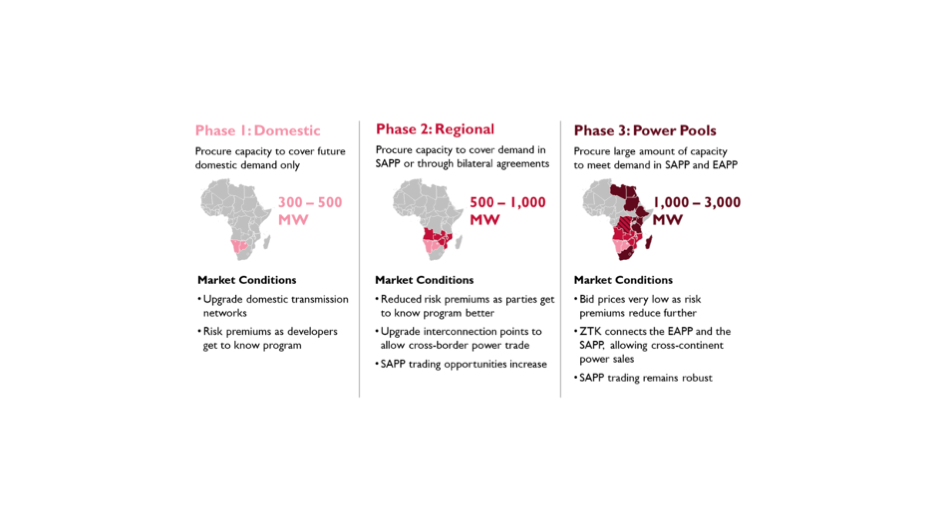- Namibia and Botswana to sign an agreement for 5 GW of solar energy capacity to be set up in the 2 countries
- The agreement will allow for a full feasibility study to be conducted
- Post the feasibility study, location and size of the solar energy capacity will be determined
The Namibian Minister for Mines and Energy Tom Alweendo has shared with Bloomberg some update on Namibia and Botswana’s plans to develop 5 GW solar energy capacity. The 2 countries are set to sign an agreement to develop this capacity, the news report claimed.
The agreement will facilitate a full feasibility study post which the location and size of the projects will be determined. Electricity generated will be exported across the region, Alweendo said. If it was not for COVID-19 related disruptions, the agreement would have been signed much earlier, explained Botswana’s Permanent Secretary for Mineral Resources, Green Technology and Energy Security, Mmetla Masire.
While the 5 GW capacity will help both the nations diversify their energy mix, it will also help bring down their dependence on South African national electricity utility Eskom that has problems of its own in financial and operational terms. Namibia and Botswana will be able to save their resources spent otherwise spent on energy imports.
According to the Global Market Outlook for Solar Power 2020-2024 of SolarPower Europe (SPE), Namibia was among the few countries in Sub-Saharan Africa to have installed over 100 MW on-grid PV in 2019, with 130 MW added. The 5 GW project with Botswana, if realized, will help the country in its renewable energy target of 70% for its energy mix to be achieved by 2030 (see SolarPower Europe Lowers 2020 PV Guidance To 112 GW).
Background
Plans for the 5 GW solar energy capacity to be developed over the next 2 decades for both the African nations, Namibia and Botswana, were first formulated and shared by the World Economic Forum’s (WEF) Global Future Council on Energy and the US led Power Africa initiative, a year back in August 2019.
There will be a multi-phased solar procurement program to help these countries get access to secure, reliable, inexpensive solar power at scale. Under phase I, the idea would be to procure 300 MW to 500 MW capacity to cover future domestic demand only, phase 2 will see 500 MW to 1 GW capacity to be procured to cover regional demand within the South African Power Pool (SAPP) or through bilateral agreements. Under phase 3, between 1 GW to 3 GW capacity will be procured to meet demand in SAPP and Eastern Africa Power Pool (EAPP), as per the plans shared last year.
All this capacity will be developed through competitive procurement process. These 2 nations were specifically chosen for a mega solar project of this scale owing to their solar irradiation potential, large open spaces and low population density, strong legal and regulatory environment, and low-cost, efficient and smart power-trading potential to meet high regional demand.
“Southern Africa may have as much as 24,000 MW of unmet demand for power by 2040. The market for electricity produced by the mega-solar projects in Botswana and Namibia includes 12 other countries in the region that could be connected via new and/or upgraded transmission infrastructure. As battery storage technology advances and costs of solar storage drop below $0.10 per kilowatt hour, solar power becomes an even more cost-competitive solution,” the WEF stated.












